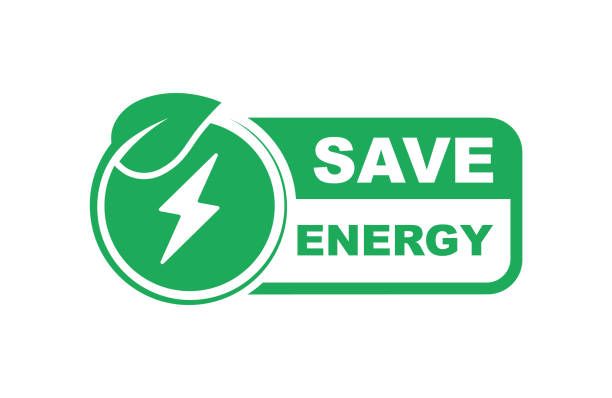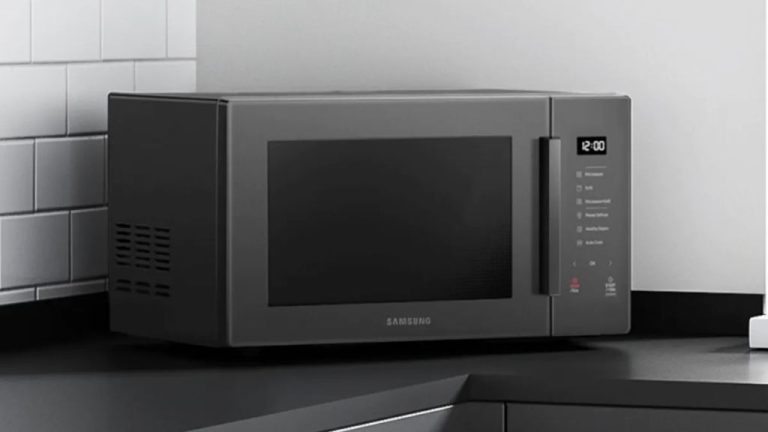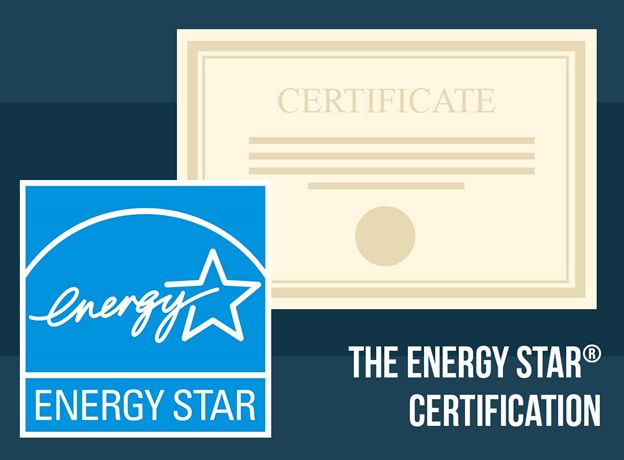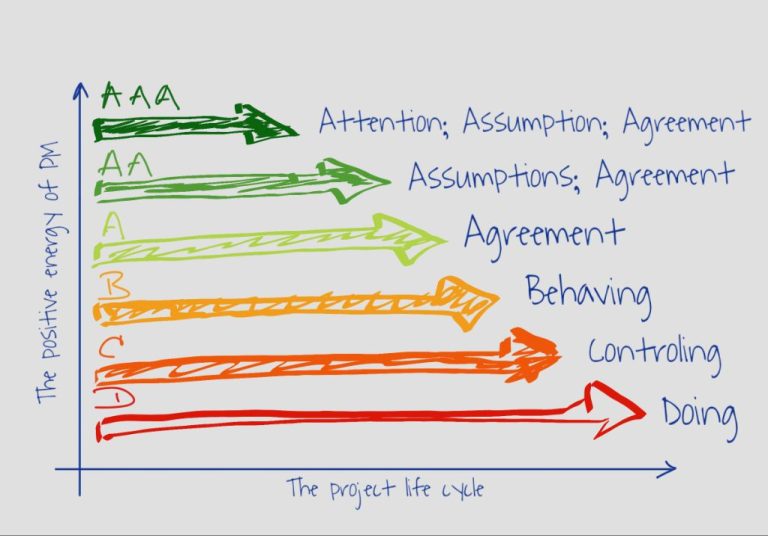What Is Considered A High Efficiency Hvac System?
What is an HVAC System?
HVAC stands for heating, ventilation, and air conditioning. An HVAC system is designed to control the indoor environment in a building or home by managing the temperature, humidity, and air quality. The main components of an HVAC system include:
Heating – Provides warmth to maintain desired indoor temperatures using a furnace, heat pump, boiler, or other heating device.
Ventilation – Brings in outdoor air and removes stale indoor air using fans, ducts, vents, and exhaust systems. Proper ventilation improves air quality.
Air Conditioning – Cools and dehumidifies the indoor air for thermal comfort using an air conditioner or heat pump.
By heating, cooling, ventilating, filtering, and dehumidifying the indoor environment, an HVAC system aims to create healthy and comfortable conditions for building occupants while being energy efficient. Controlling temperature, humidity, and air purity is critical for human health, productivity, and comfort.
How HVAC Efficiency is Measured
The efficiency of HVAC systems is measured using ratings established by the Air Conditioning, Heating, and Refrigeration Institute (AHRI). The main ratings used are:
- SEER – Seasonal Energy Efficiency Ratio – Measures cooling efficiency. The higher the SEER, the more efficient the AC system. Standard systems have a SEER of 13-14. High efficiency systems have a SEER of 16-20.
- AFUE – Annual Fuel Utilization Efficiency – Measures heating efficiency. The higher the AFUE, the more efficient the furnace. Standard furnaces have an AFUE of 80-82%. High efficiency furnaces have an AFUE of 90% or higher.
- EER – Energy Efficiency Ratio – Measures the cooling efficiency at a specific outdoor temperature. The higher the EER, the better. Standard units have an EER of 10-12. High efficiency units have an EER of 12-16.
By upgrading to high efficiency HVAC equipment with higher SEER, AFUE and EER ratings, homes and businesses can significantly reduce energy usage and costs while maintaining comfort.
Benefits of High Efficiency HVAC
Upgrading to a high efficiency HVAC system provides numerous benefits for homeowners and businesses. The most significant advantage is improved energy efficiency, which leads to lower utility bills and reduced environmental impact.
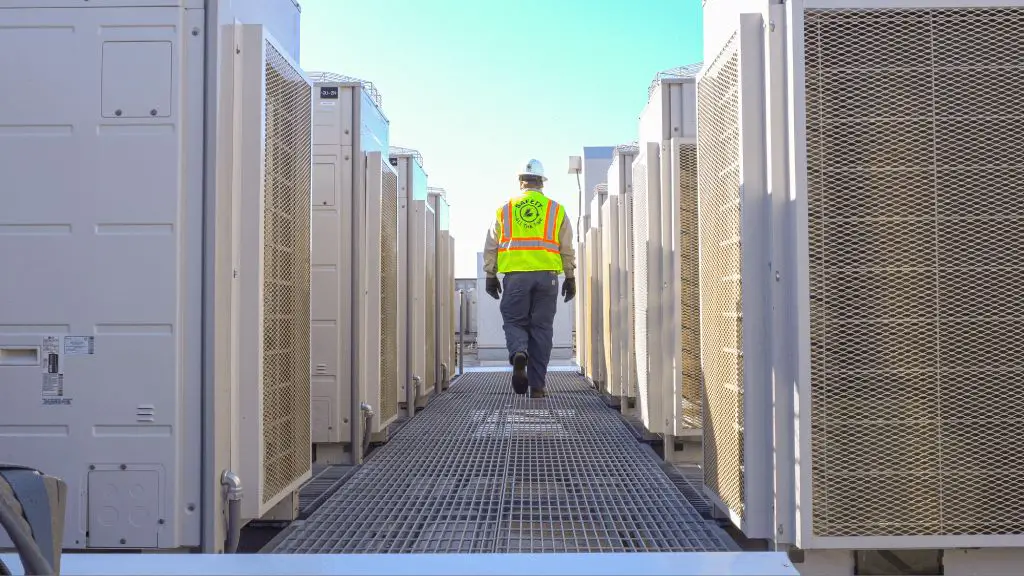
High efficiency systems can reduce energy consumption for heating and cooling by 20-40% or more compared to standard models. This adds up to substantial savings on monthly energy bills. It also lowers your carbon footprint.
Many utility companies provide rebates and incentives for installing an ENERGY STAR certified high efficiency system. This further reduces upfront equipment and installation costs.
In addition, advanced high efficiency models provide better humidity control, air filtration, and airflow. This creates a more comfortable indoor environment.
With rising energy prices, investing in an efficient HVAC system is one of the best ways for homes and businesses to save money while also reducing environmental impact. The energy savings often offset the higher initial cost over time.
Types of High Efficiency HVAC Systems
High efficiency HVAC systems utilize advanced components and design to maximize performance and energy savings. Here are some of the main types of high efficiency HVAC systems:
Geothermal Heat Pumps
Geothermal heat pumps use the stable temperatures of the ground or water sources to heat and cool spaces very efficiently. They transfer heat between the building and ground through buried pipes using much less electricity than conventional systems.
Variable Speed Compressors
Variable speed compressors optimize cooling and heating output to match the load. This increases efficiency compared to single speed compressors which operate at 100% capacity regardless of demand.
Improved Heat Exchangers
Advanced heat exchanger designs like microchannel technology increase heat transfer efficiency in a smaller, lighter package. This allows HVAC systems to extract more heating or cooling capacity from the same amount of energy input.
Zoned Comfort Controls
Zoned HVAC systems condition only occupied parts of a building to save energy. Smart sensors and advanced controls maintain comfort in each zone without wasting energy on unused spaces.
Key Components of High Efficiency Systems
High efficiency HVAC systems incorporate advanced components that increase performance and energy savings. Here are some of the key components that set these systems apart:
Variable Speed Motors – These advanced motors can adjust their speed to match the heating and cooling needs. By running at lower speeds, variable speed motors consume less electricity compared to conventional single-speed motors.
Programmable Thermostats – Smart or programmable thermostats allow users to customize temperature settings and establish schedules that optimize HVAC runtimes for comfort and efficiency.
Sealed Ductwork – High efficiency systems utilize tightly sealed ductwork to prevent conditioned air from escaping and unnecessary heat transfer. Proper duct sealing enables the HVAC system to operate more efficiently.
Installation Considerations
When upgrading to a high efficiency HVAC system, the installation process is just as important as the equipment itself. Here are some key factors to consider:
Equipment Costs
High efficiency HVAC equipment often costs more upfront compared to standard efficiency models. However, the energy savings over time usually offset the higher initial investment. Work with an HVAC contractor to do a cost-benefit analysis for your home.
Contractor Expertise
Make sure to hire an experienced contractor who is knowledgeable about properly sizing and installing high efficiency equipment. HVAC technology is constantly improving, so choose a contractor who receives ongoing training on the latest systems.
Home Energy Assessment
Prior to installation, consider having an energy audit done on your home. This will help the contractor determine the optimal HVAC system design and specifications for maximum efficiency.
Rebates and Incentives
Check with your state, utility company, or municipality to see what rebates, tax credits, or other incentives may be available for installing a high efficiency HVAC system. The savings from these programs can offset the initial cost.
Maintenance Best Practices
Ongoing maintenance is critical for keeping high efficiency HVAC systems running at peak performance. Here are some key best practices:
Air filter changes – HVAC air filters should be checked monthly and changed at least every 3 months. High efficiency filters trap more dust and allergens, so may need replacing more frequently.
Duct inspection and sealing – Leaky ductwork leads to energy losses. Have ducts inspected annually and resealed if any leaks, tears or detachments are found.
Refrigerant charge checks – Refrigerant levels can drop over time, reducing efficiency. Have a technician assess refrigerant charge yearly and top it up if below optimal level.
Regular tune-ups – Schedule comprehensive HVAC tune-ups before peak heating and cooling seasons. This allows a technician to proactively identify and address any maintenance needs.
By staying on top of these key maintenance tasks, high efficiency HVAC systems can continue operating at their designed efficiency levels for years to come.
Smart Technology Integration
High efficiency HVAC systems can integrate smart technologies to further optimize performance. Some key technologies to consider include:
Smart Thermostats
Smart thermostats like Nest or Ecobee allow you to control your HVAC system remotely via smartphone. This allows you to adjust the temperature as needed even when away from home, ensuring you don’t waste energy heating or cooling an empty house. Smart thermostats also learn your habits and program themselves automatically to maximize efficiency.
Zoning Control
Zoning divides your home into separate temperature controlled areas. Sensors detect which zones are occupied and direct conditioning to only those spaces. This prevents energy waste from heating or cooling unused rooms. Zoning can reduce HVAC energy use by up to 30%.
Remote Monitoring
Web-connected HVAC systems allow contractors to remotely monitor equipment performance and diagnose issues. This allows for preventative maintenance and rapid response in case of failure. Remote access can also inform users of required filter changes or uneven temps indicating duct blockages.
Cost Comparison to Standard Systems
While high efficiency HVAC systems generally have a higher upfront cost compared to standard efficiency units, they offer faster payback and significant lifetime savings through dramatically lower energy usage. The extent of cost savings depends on factors like local energy costs, climate conditions, and how much the HVAC system is used.
The upfront cost of a high efficiency central AC unit or furnace is typically 10-30% more than a standard efficiency model. However, high efficiency units can reduce HVAC energy usage by 30-50%, delivering full return on investment in as little as 2-7 years through energy savings. Over an expected 15-20 year lifespan, a high efficiency HVAC system saves $5,000 to $10,000 compared to a standard unit.
Heat pumps, which provide both heating and AC, offer some of the fastest payback given their year-round efficiency benefits. Ductless mini-split heat pumps also cost less upfront than installing a whole new duct system. Smart HVAC controls like programmable thermostats further reduce costs through optimized operation.
Considering energy savings, reduced maintenance, and extended equipment lifespan, high efficiency HVAC delivers compelling lifetime value despite the initial price premium. For most homeowners, the long-term savings outweigh the higher short-term costs.
Future Outlook and Innovations
The future looks bright for continued advancements in high efficiency HVAC systems. Here are some key areas where we expect to see innovations in the coming years:
Improved compressors and seals – Compressor and seal technology will continue to progress, allowing systems to operate with less energy loss. We’ll see wider adoption of variable capacity compressors that can modulate to match load.
Phase change materials – These materials are able to store and release cooling or heating energy, acting as a thermal battery. Integrating phase change materials into HVAC design will allow systems to operate more efficiently.
Stricter efficiency standards – Standards like ASHRAE 90.1 set minimum efficiency requirements for HVAC equipment. As technology progresses, we can expect these standards to be raised, pushing the industry toward higher efficiency.
The drive toward reduced energy consumption, lower operating costs, and sustainable buildings will ensure high efficiency HVAC remains a key focus in the future. Continued research and new technologies will open up further opportunities to optimize system performance.

